Disclosure: This article contains affiliate links. We may earn a commission from purchases at no extra cost to you, which helps our travel content.
The first time I dipped my paddle into the crystalline waters of the Stockholm Archipelago, I understood why Swedes guard this natural treasure so fiercely. Stretching eastward from the capital city lies a mesmerizing labyrinth of nearly 30,000 islands and skerries—some bustling with charming villages, others completely uninhabited and wild. As someone who's scaled peaks from Patagonia to the Pyrenees, I can confidently say that exploring this aquatic wilderness by kayak offers a unique adventure that rivals any mountain summit. ¡Qué maravilla! What a marvel indeed.
Planning Your Kayaking Expedition
After decades of adventure travel, I've learned that proper planning prevents poor performance—especially when water is involved. For Stockholm's archipelago, timing is everything. The sweet spot falls between mid-June and late August when water temperatures reach a manageable 17-20°C (62-68°F) and daylight stretches gloriously to nearly 18 hours.
I recommend basing yourself in Stockholm for at least one night before heading out. The city's Gamla Stan (Old Town) provides a perfect historical prelude to your maritime adventure, with its narrow cobblestone streets and ochre-colored buildings dating back to the 13th century.
For equipment, you have two options: bring your own or rent locally. Unless you're on an extended European tour with your personal gear, renting makes the most sense. I've had excellent experiences with Stockholm Adventures and Kayak Stockholm, both offering quality sea kayaks with rudders (essential for Baltic crossings) and waterproof storage compartments. Ensure you book at least two weeks in advance during peak summer season.
Before setting out, I always prepare with my trusty waterproof marine chart and a reliable handheld GPS. Cell coverage is surprisingly good throughout much of the archipelago, but traditional navigation tools remain essential backups.
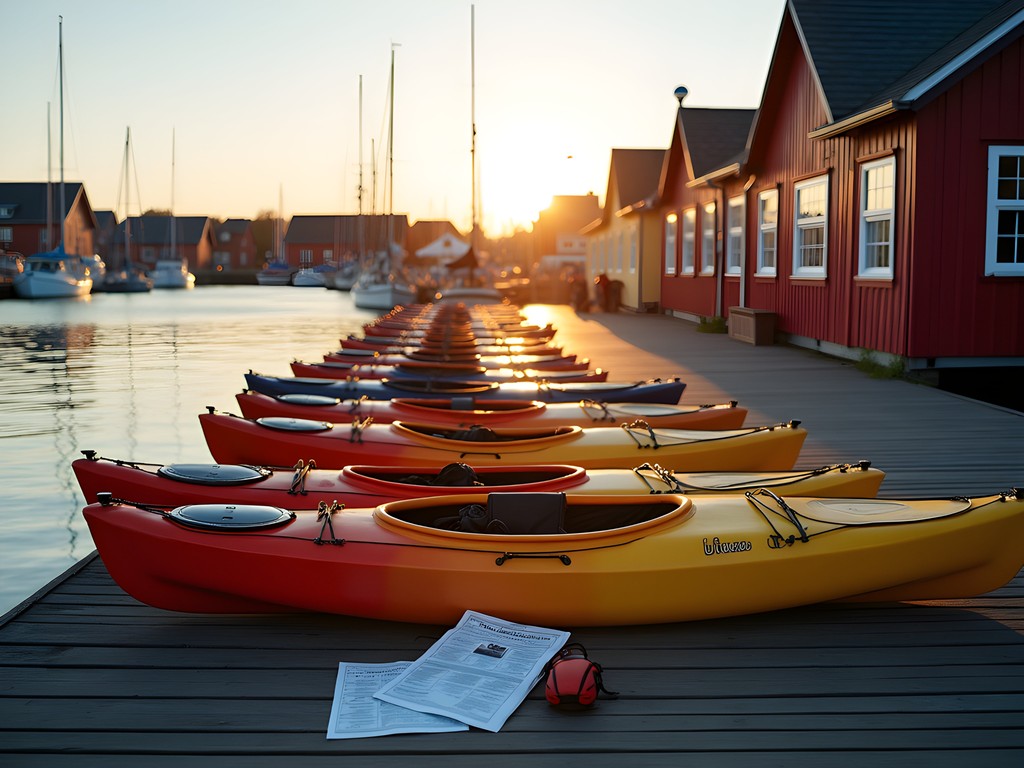
💡 Pro Tips
- Book kayak rentals at least 2 weeks in advance during summer
- Choose sea kayaks with rudders for better handling in Baltic currents
- Purchase detailed waterproof marine charts before departure
Navigating the Inner Archipelago
My recommended route for a weekend adventure begins in the inner archipelago—the perfect training ground before venturing further east. Launch from Vaxholm, the unofficial capital of the archipelago and easily accessible by public ferry from Stockholm. This historic fortress town offers a fascinating glimpse into Sweden's naval defense history before you paddle into more remote waters.
From Vaxholm, head northeast toward Grinda island, maintaining respect for the larger ferry traffic that occasionally passes through these channels. The inner islands provide relatively protected waters with shorter crossing distances—ideal for building confidence if this is your first Baltic paddling experience.
The beauty of kayaking here lies in the constantly changing scenery. One moment you're gliding past elegant summer homes with traditional red wooden façades (many dating back centuries), and the next you're navigating pristine nature reserves where seabirds outnumber humans a thousand to one.
During my last expedition, I discovered the value of a good dry bag set for keeping camera equipment and spare clothing absolutely dry. The archipelago weather can change rapidly, and being prepared for both sunshine and sudden showers is essential.
After approximately 15km of paddling from Vaxholm, Grinda island offers an excellent first-night camping spot with designated areas for tents. The island's small restaurant serves exceptional locally-caught fish if you prefer not to cook over your portable camping stove.
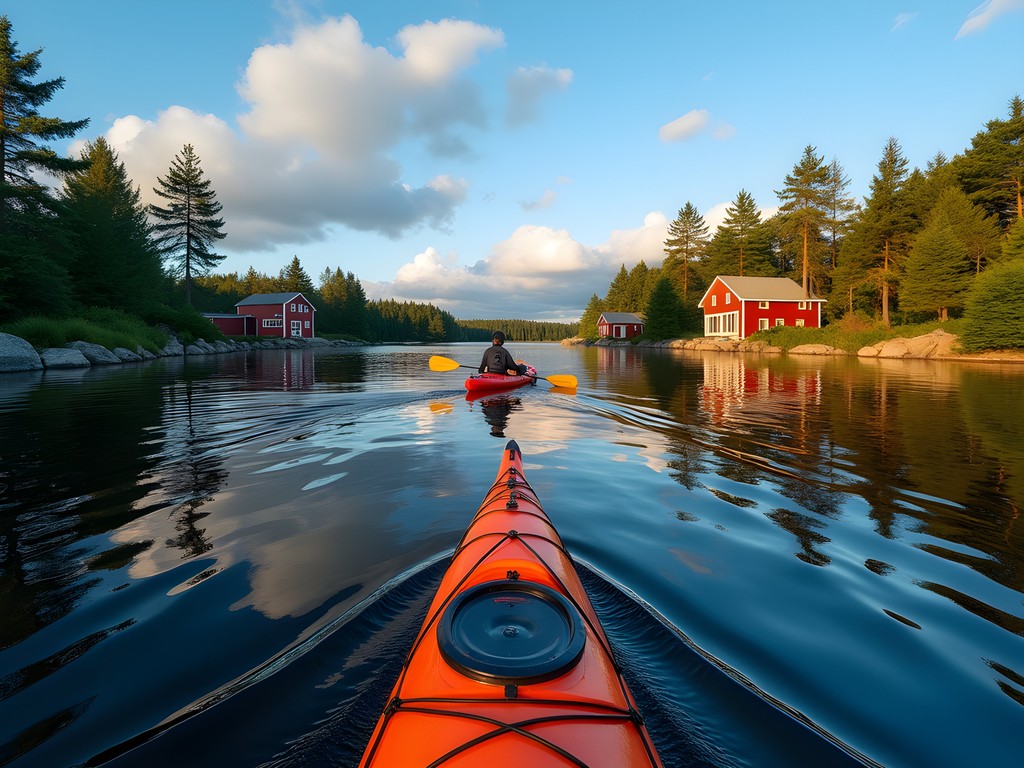
💡 Pro Tips
- Paddle during early morning or evening to avoid ferry traffic and wind
- Keep at least 100m distance from all commercial vessels
- Download the 'Båtpendeln' app to track larger ferry movements
Wild Camping and Allemansrätt
One of Sweden's greatest gifts to outdoor enthusiasts is allemansrätt—the Right of Public Access. This centuries-old principle allows you to camp almost anywhere in nature, even on privately owned islands, provided you maintain respectful distance from dwellings and leave no trace of your visit.
After decades of wilderness camping across five continents, I can attest that Sweden's approach to public land access is truly exceptional. The freedom to pull your kayak onto a private granite island, set up camp, and spend the night under the stars creates an unparalleled sense of exploration and discovery.
During my latest archipelago expedition, I found a perfect camping spot on a small unnamed islet near Möja in the middle archipelago. The smooth granite slopes provided natural platforms for both my ultralight tent and evening meditation. As the Baltic sunset painted the sky in impossible shades of pink and orange, I prepared a simple meal using my titanium cookset—the perfect compact solution for kayak camping.
Remember that allemansrätt comes with responsibilities. Always pack out all waste (including biodegradable items), use a portable camping stove rather than open fires during dry periods, and maintain silence during evening hours. The archipelago's delicate ecosystem depends on each visitor acting as its temporary guardian.

💡 Pro Tips
- Camp at least 150m from any occupied dwelling
- Use established landing spots to minimize shore impact
- Carry a portable toilet system for multi-day trips
Wildlife Encounters and Conservation
As both a government environmental policy specialist and lifelong wildlife enthusiast, the archipelago's biodiversity fascinates me. These waters and islands host an impressive array of species that have adapted to the brackish Baltic environment—neither fully saltwater nor freshwater.
Early morning paddling offers the best wildlife viewing opportunities. On my third day, pushing off from camp before 6 AM rewarded me with the sight of a white-tailed eagle soaring overhead, its massive wingspan casting a shadow across my kayak. These magnificent raptors have made a remarkable recovery in Sweden after near-extinction in the 20th century.
The archipelago's waters teem with life as well. Harbor seals often pop their curious heads up to investigate passing kayakers. Maintain distance and observe quietly—these encounters happen on the animals' terms. For serious wildlife observation, I always pack my waterproof monocular which provides excellent magnification without the bulk of binoculars.
Birdwatchers will find paradise here, especially during spring migration. The archipelago hosts significant populations of eider ducks, arctic terns, and various wading birds. When approaching nesting islands (marked on marine charts), give them wide berth—especially during May and June breeding season.
The fragility of this ecosystem becomes apparent when you notice the occasional algal blooms—a reminder of the Baltic Sea's ongoing environmental challenges from agricultural runoff and climate change. As visitors, our minimal-impact approach helps preserve this wilderness for future generations.
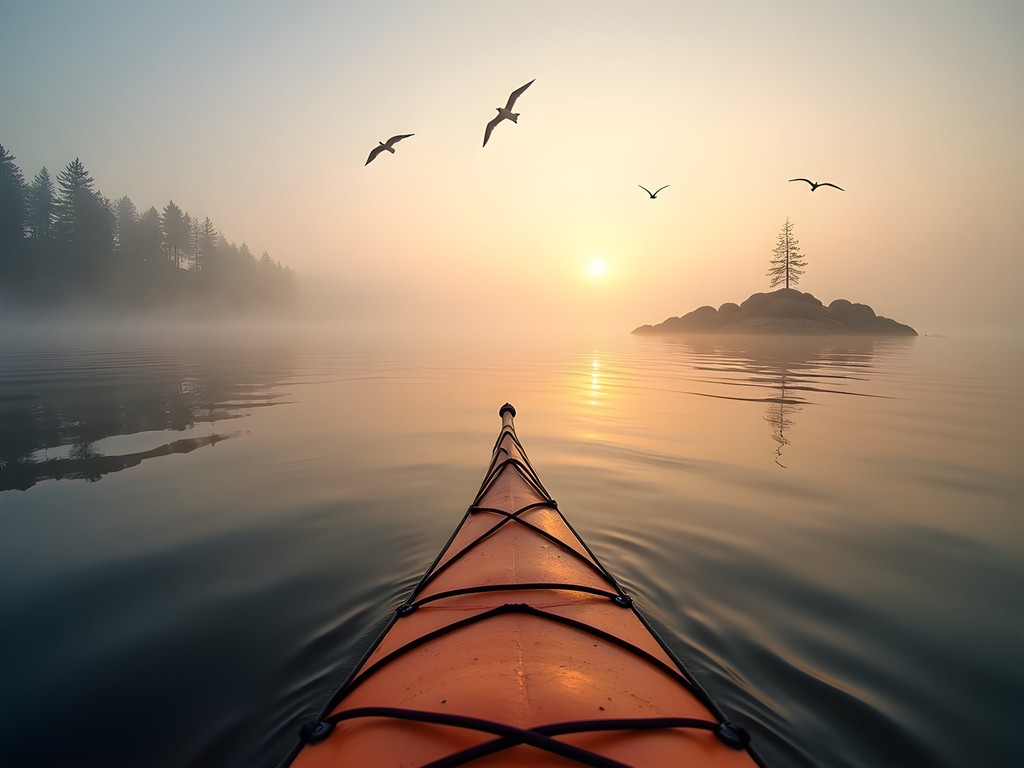
💡 Pro Tips
- Paddle quietly near wildlife areas to increase observation opportunities
- Keep 100m minimum distance from seal haul-out areas
- Report unusual wildlife sightings to the Stockholm Archipelago Foundation
Safety Considerations and Navigation Challenges
Having led mountaineering expeditions through some of the world's most challenging terrain, I've developed a healthy respect for proper safety protocols—and sea kayaking demands equal vigilance. The Stockholm Archipelago may look serene in photographs, but Baltic weather patterns can change dramatically within hours.
Before each day's paddle, I check detailed marine weather forecasts using the Swedish Meteorological and Hydrological Institute's excellent app. Wind is your primary concern—anything above 7 m/s (14 knots) creates challenging conditions for average paddlers, with whitecaps and reflected waves between islands creating complex paddling environments.
Navigation presents another challenge. With thousands of islands that often look remarkably similar, maintaining awareness of your position requires constant attention. I've found that combining traditional chart navigation with modern technology offers the best security. My waterproof phone case keeps my smartphone accessible for GPS confirmation while protecting it from water damage.
For safety equipment, never compromise. A properly fitted personal flotation device stays on my body whenever I'm on water—not strapped to the kayak deck. My marine safety whistle remains attached to my PFD shoulder strap for emergency signaling. During longer crossings between islands, I also deploy a small kayak safety flag to increase visibility to larger vessels.
Finally, always file a float plan with someone reliable before departure. My standard practice includes sharing a detailed route map, expected camping locations, and a clear return timeline with contacts who know to alert authorities if I don't check in as scheduled.
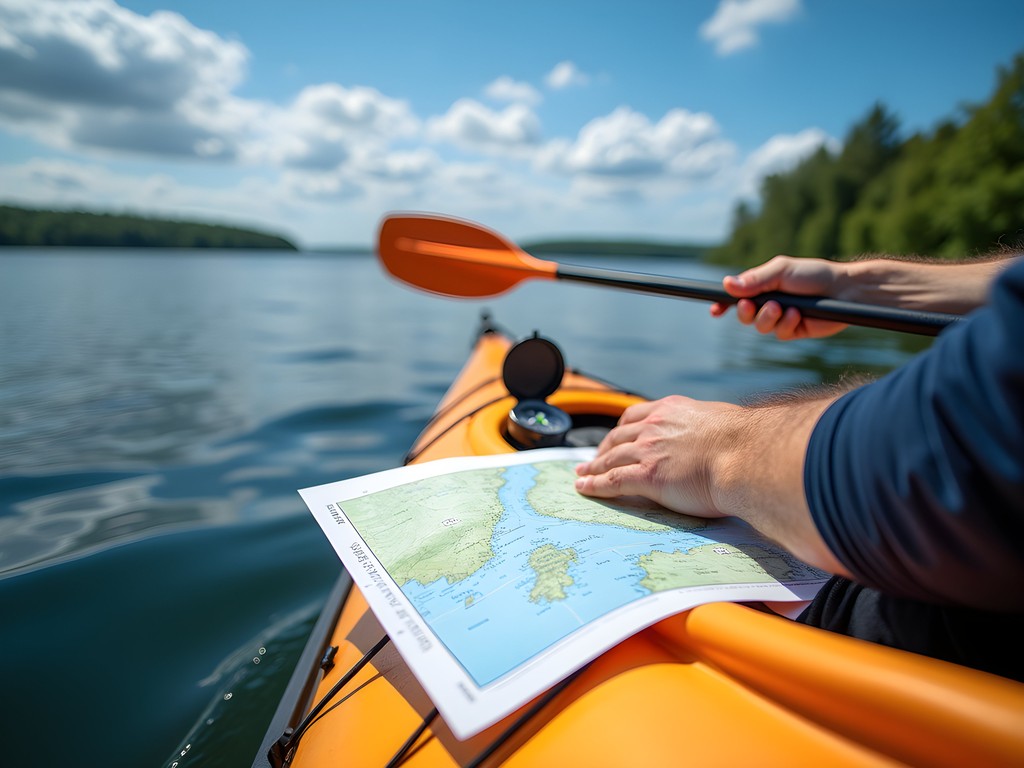
💡 Pro Tips
- Check marine weather forecasts multiple times daily
- Always wear your PFD—no exceptions
- Carry a waterproof VHF radio for emergency communication in outer archipelago areas
Final Thoughts
As my kayak glided back toward Stockholm on the final day, the archipelago had worked its magic once again. There's something profoundly liberating about navigating this aquatic wilderness under your own power, carrying everything you need on your small vessel, and connecting with nature in such an intimate way.
The Stockholm Archipelago offers a rare combination of accessibility and wilderness. Within just hours of leaving a sophisticated European capital, you can find yourself alone on a granite outcrop, watching the Baltic sunset with only seabirds for company.
For solo travelers seeking both adventure and contemplation, few destinations match what Sweden offers here. The combination of allemansrätt freedom, stunning natural beauty, and the physical challenge of sea kayaking creates an experience that resonates long after you've returned to shore.
As we say in mountaineering circles: the summit is only half the journey. Similarly, the archipelago reveals its true character gradually through days of exploration. Each island visited becomes a waypoint in your personal map of memories. ¡Hasta la próxima aventura! Until the next adventure!
✨ Key Takeaways
- The Stockholm Archipelago offers world-class sea kayaking accessible to intermediate paddlers
- Sweden's allemansrätt (Right of Public Access) allows camping on virtually any island
- Summer (June-August) provides ideal conditions with long daylight hours and warmer waters
- Proper navigation tools and safety equipment are essential due to the labyrinthine nature of 30,000 islands
📋 Practical Information
Best Time to Visit
Mid-June through late August
Budget Estimate
$150-250/day including equipment rental
Recommended Duration
2-4 days minimum
Difficulty Level
Intermediate
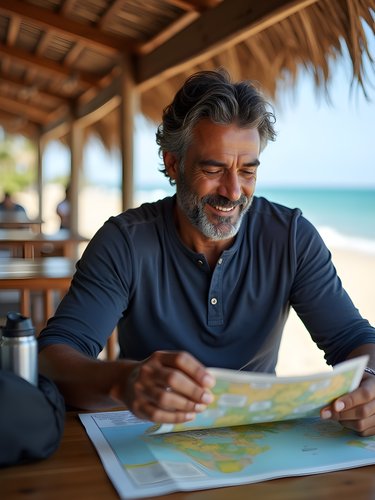

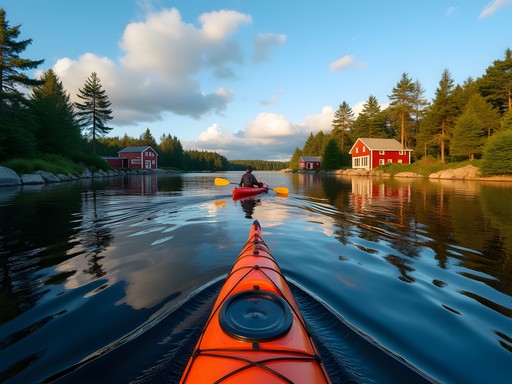
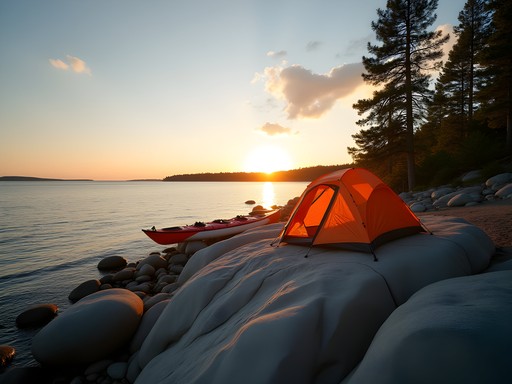

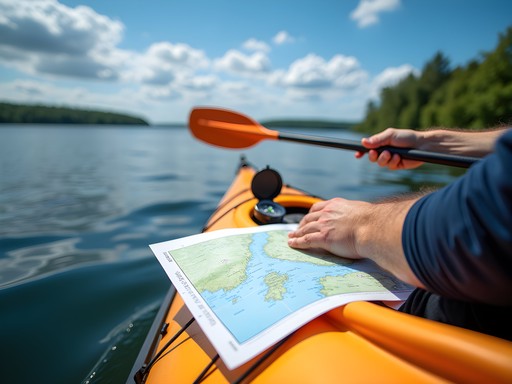






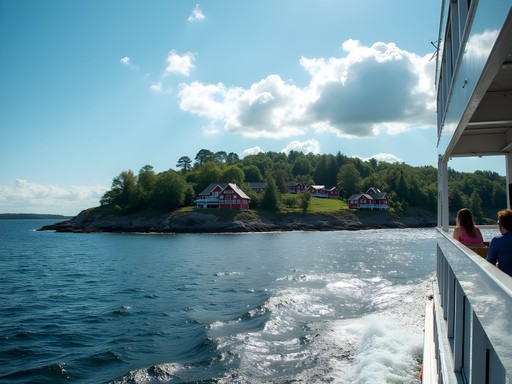


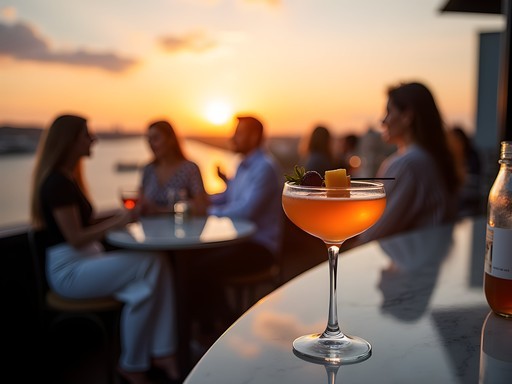
Comments
Jennifer Rodriguez
Harrison, your post couldn't have come at a better time as I'm planning my Scandinavian adventure for next summer. The section on Allemansrätt was particularly informative - I've been researching the concept but your practical applications really clarified things. Two questions: 1) Did you find the inner archipelago too crowded during your trip? 2) For someone with intermediate kayaking experience, would you recommend a guide for the outer islands or is self-navigation reasonable with proper preparation? I'm debating whether to invest in a waterproof map case or just rely on a GPS device.
Harrison Hicks
Hi Jennifer! The inner archipelago gets busy on summer weekends, but midweek was surprisingly peaceful. For intermediate kayakers, I'd say self-navigation is doable with proper prep - just be aware that weather can change quickly. A waterproof map case is essential regardless of GPS (which can fail). The rental shops in Stockholm can provide good nautical charts.
Jennifer Rodriguez
Thanks for the insights, Harrison! I'll plan for a midweek trip then. Any specific rental shops you'd recommend in Stockholm?
StockholmLocal
Not Harrison, but I can recommend Stockholm Outdoor - they have quality gear and their staff knows the archipelago really well. They also offer guided day trips if you want to test the waters before going solo.
wildbuddy
This brings back memories!! Did the archipelago kayaking trip last summer and it was AMAZING! Those little red cottages on the islands are straight out of a fairytale. We camped on Möja for two nights - that midnight sun thing is wild when you're trying to sleep in a tent 😂 Did you make it out to the outer islands? That's where we saw seals just chilling on the rocks!
Harrison Hicks
Thanks wildbuddy! Yes, made it to the outer islands on day 4 - saw a whole colony of seals sunbathing! Möja is magical, glad you got to experience it too.
wildbuddy
Lucky you with the seals! The Allemansrätt thing still blows my mind. Can't imagine being allowed to camp pretty much anywhere in the US without someone calling the cops 😅
SwedishLocal
Great post! Just a local tip: if you're visiting in September-October, the water is still warm enough for swimming but the islands are much quieter. Perfect time to see the archipelago without the summer crowds.
Harrison Hicks
That's a fantastic tip, thanks! I was there in peak season and some of the popular islands were definitely busy. Will have to try a fall trip next time.
island_hopper22
Those sunset photos are absolutely stunning! Added to my bucket list!
Kimberly Murphy
Harrison, you've captured the magic of the archipelago beautifully! I paddled there last August and was blown away by how accessible it is from Stockholm. That Allemansrätt right is incredible - we wild camped for three nights on different islands and it felt like we had our own private paradise. Though I must say, my navigation skills were tested when fog rolled in on day two! Did you use a paper map or GPS? I had my waterproof map case which was a lifesaver, but wondering if there's a better solution for next time. Also saw a white-tailed eagle which was the highlight of the trip!
Harrison Hicks
Thanks Kimberly! I'm a bit old-school and used both - paper map in a waterproof case plus a basic GPS as backup. That fog can be disorienting! White-tailed eagle sightings are special - I was lucky enough to see a pair nesting on my second-to-last day. Magical experience.
redace
The wild camping part sounds incredible. Is it really free to camp anywhere?
Kimberly Murphy
@redace Yes, but there are some important rules with Allemansrätt - you can't camp too close to houses, you should only stay 1-2 nights in the same spot, and always leave no trace. It's an amazing freedom but comes with responsibility!
redace
This looks amazing! I've never tried kayaking before but really want to give it a go. How difficult would you say it is for complete beginners? Would I need to book with a guide?
Kimberly Murphy
Not Harrison, but I did a guided day trip in the archipelago last summer as a beginner and it was perfect! The inner islands are quite sheltered so it's ideal for learning. Definitely recommend starting with a guide who can show you the basics.
Harrison Hicks
Thanks for jumping in, Kimberly! @redace - absolutely, the inner archipelago is perfect for beginners. The waters are typically calm and there are plenty of rental places that offer basic instruction. I'd suggest starting with a half-day guided tour to learn the basics, then maybe try a full day on your own if you're feeling comfortable!
redace
Thanks both! That's really helpful. Will definitely look into guided options for my first time.
islandlover
Those sunset photos are stunning! How difficult would this be for someone who's only kayaked a few times before? Would July or August be better weather-wise?
escapemood
We went in early July with minimal experience and did fine! Just make sure to check weather forecasts daily. The rental places won't let you go out if it's dangerous anyway.
Harrison Hicks
Thanks! If you're a beginner, stick to the inner archipelago where islands are closer together and waters calmer. Both July and August are great, but August tends to have slightly fewer tourists and warmer water for swimming!
escapemood
Just got back from doing almost this exact route! The water was so clear we could see straight to the bottom in many places. We stayed on Grinda for two nights and it was magical. One tip I'd add - the ferry schedules can be confusing if you're planning a hybrid trip (kayaking + public transport). Download the Stockholm SL app before you go, it was a lifesaver for us. Also spotted three sea eagles on the outer islands!
Harrison Hicks
Sea eagles are such a treat to spot! Great tip about the SL app - I should have mentioned that in the article. Grinda is one of my favorite islands too.
Jean Wells
Harrison, your article brings back wonderful memories of my expedition through the archipelago last summer. I found the inner islands more suitable for beginners, while the middle and outer regions demand more technical skills due to exposure to Baltic winds. For those planning a trip, I recommend researching the prevailing wind patterns beforehand - they significantly impact route planning. I particularly appreciated your mention of wildlife conservation. The seabird colonies on the outer islands are spectacular, though I would add that binoculars are essential for proper observation without disturbing nesting areas. My waterproof binoculars were invaluable for this purpose.
islandlover
Jean - did you rent your kayak or bring your own? Planning a trip there next month and trying to figure out logistics.
Jean Wells
I rented from Stockholm Outdoor near Vaxholm. They provide good quality sea kayaks and all necessary safety equipment. Book in advance during summer months!
adventureseeker
This looks amazing! Can you really camp anywhere on the islands? How strict are they about the Allemansrätt rules?
Harrison Hicks
Yes, Allemansrätt (Right of Public Access) is amazing! You can camp almost anywhere for 1-2 nights, but stay 70m from homes, leave no trace, and be respectful. The Swedes take it seriously but are friendly if you follow the principles.
adventureseeker
Thanks Harrison! That's so cool. We don't have anything like that where I'm from. Definitely adding this to my bucket list!
Venture X
Premium card with 2X miles, $300 travel credit, Priority Pass